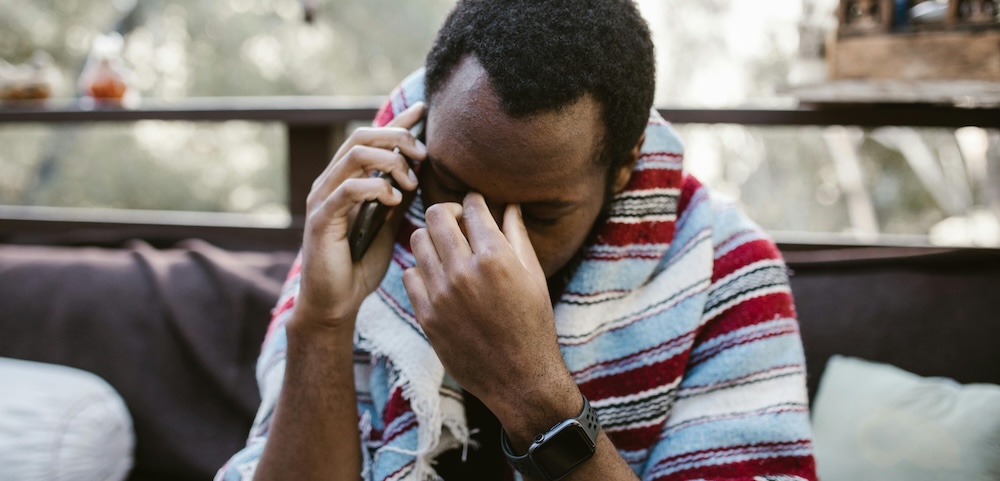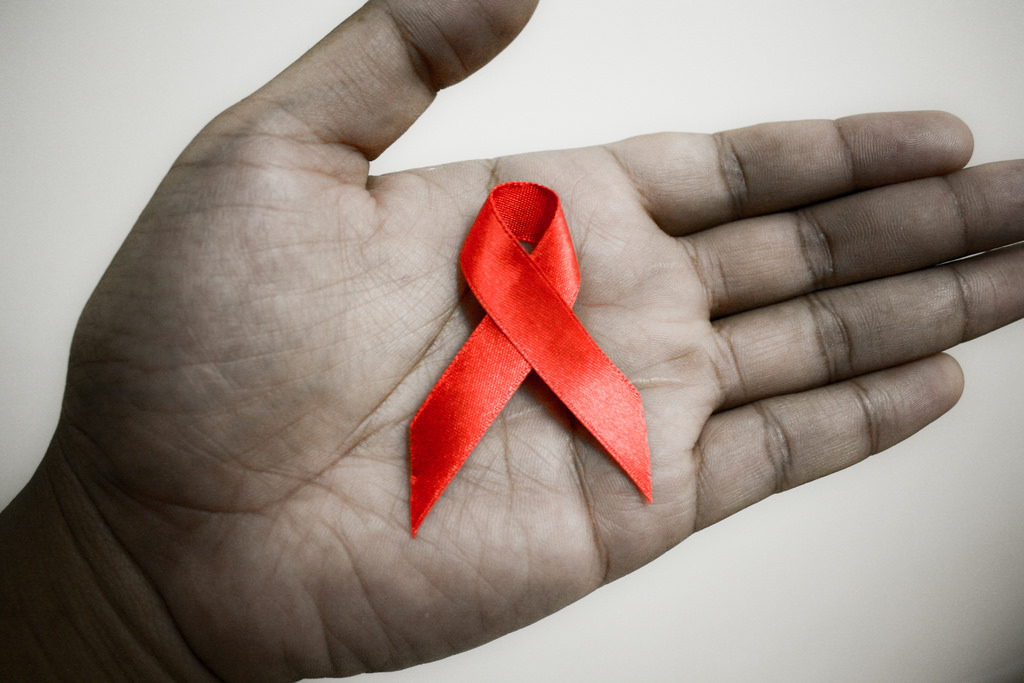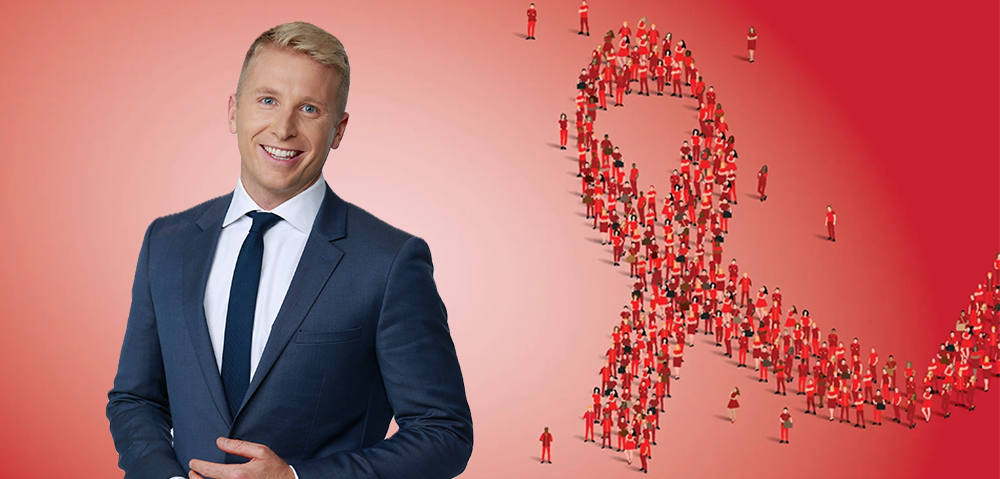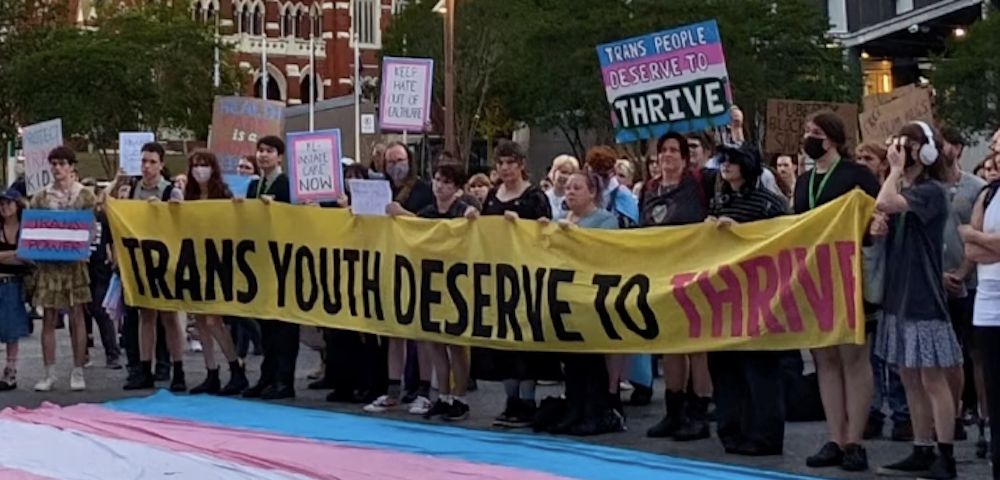
The importance of ending harmful surgeries on intersex children in Australia
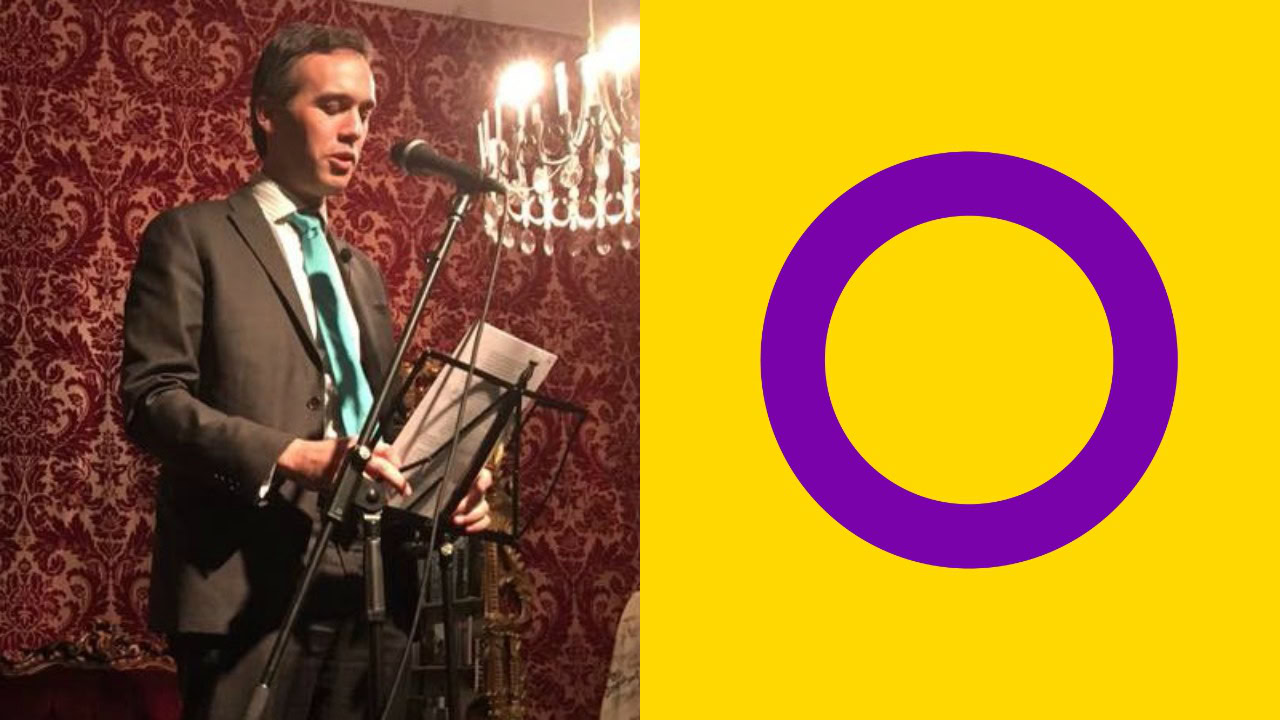
IT was hard for Bonnie Hart to love and celebrate her own body as an intersex teenager.
It was an invisible secret that her family never spoke about, despite her sister having the same genetic variation.
“There was a lot of shame around it,” she said.
“When you spend half your life hiding something and lying to cover up your differences, it’s like you can’t even conceptualise yourself.
“I didn’t have the language to talk about my own body, the only language I had was highly pathologising language from doctors.”
Intersex people are born with physical or biological sex characteristics that don’t fit binary ideas around male and female bodies.
There are at least 40 kinds of intersex variations and according to experts up to 1.7 per cent of the population are born with one or more of them.
Some intersex traits are visible at birth while others might not be apparent until puberty.
“When I met other intersex people I could feel safe talking about it with, I was able to be more self-accepting,” Hart said.
“We didn’t have to educate each other because we’d all been through the same traumatic experiences.
“I love my body now and it’s taken me a long time to get to this point, because when you’re a surgically erased minority there aren’t a lot of role models you have to look up to.”
A critical human rights issue currently facing intersex children in Australia is the involuntary or coerced sterilisation of their bodies to erase their intersex traits.
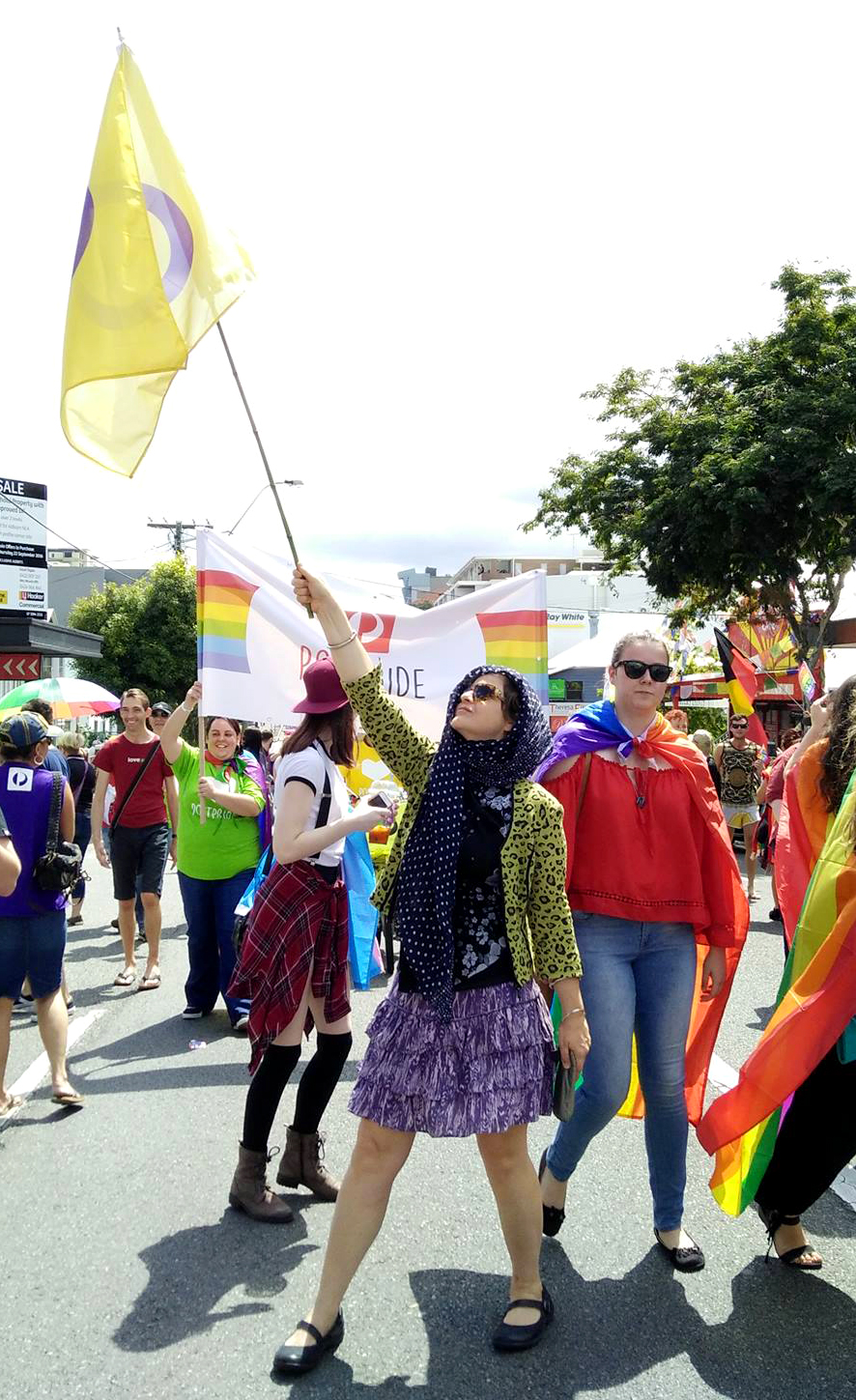
The invasive procedures are often irreversible and can cause permanent infertility, pain, a loss of sexual sensation, and lifelong mental health issues like depression.
They also feed into discriminatory views around intersex people and stigmatise those with intersex traits, suggesting they need to be more ‘normalised’ to fit within a male and female binary.
Hart said there’s usually not a medical emergency warranting the forced surgery on young intersex people, rather it’s justified as a means to temper the child’s parents who may have never heard about intersex variations before.
“A lot of them take place in order to mitigate psychosocial distress of the parents particularly,” she said.
“If parents have never had contact with intersex people it can be quite a shock for them to be the parent of someone who’s visibly different, and if the doctors present the child in a pathologising context the parents might not have anything else to go on.
“But that ends up erasing intersex visibility and perpetuates the cycle of stigma that ensures people remain uneducated about the intersex community.”
She added that while doctors have a long history of performing these medical interventions, there hasn’t been any long term follow-up studies on their effectiveness.
Because of this, doctors performing these surgeries aren’t able to compare them to the prospective benefits of a ‘no surgery’ scenario.
“People’s bodily autonomy should be respected and people should have a say in the treatment they’re given, if any,” she said.
“It’s about having control over what happens to your own body and making your own decision that reflects an educated viewpoint, and children don’t necessarily have the capacity to do that.”
Australia’s new Human Rights Commissioner Ed Santow has said he wants to tackle the unnecessary sterilisation of intersex people in the coming year.
He said that people with intersex variations are entitled to the same protection and enjoyment of human rights as other Australians.
“Medically unnecessary interventions without full and informed consent breach human rights, including freedom from torture, ill-treatment, and discrimination,” he said.
“The Human Rights Commission wants to ensure that Australia meets its human rights obligations to people with intersex variations.”
In Australia, different jurisdictions take different approaches to regulating and guiding clinical decision-making about medical interventions for people with intersex variations.
Santow said the first step will be to evaluate all of these current approaches.
“The Commission will then develop a best-practice model that jurisdictions can implement to ensure that decisions about medical interventions involving people with intersex variations are aligned with human rights,” he said.
“The model will be informed by international best practice and guidance from international experts and UN treaty bodies and agencies, as well as input from people in the Australian community who have lived experience of these issues.”
For resources and support visit OII Australia, or visit support group AISSGA for peer support, information, and advocacy for intersex people and their families.





